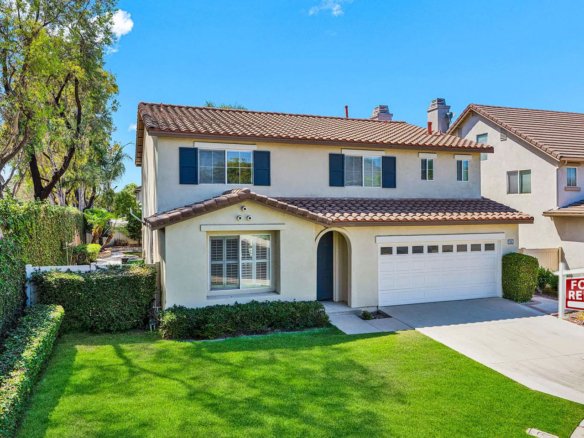A 1031 exchange is a tax-deferred real estate investing strategy that allows investors to defer capital gains tax on the sale of an investment property by reinvesting the proceeds in a similar property. If you currently own an investment property for lease or rent, you can benefit from a 1031 exchange. Investment properties offer tax benefits through depreciation over 27.5 years. As the investment property ages and depreciation decreases, it is a great opportunity to establish a new depreciation shelter in order to take advantage of the 1031 exchange.
What qualifies as an investment property?
According to the IRS’s Section 1031 of the Internal Revenue Code, to qualify as a 1031, both properties involved in the exchange must be “like-kind,” meaning they must be of the same nature, character, or class
Important things to note:
- Primary residences and second homes don’t qualify.
- Must be the same taxpayer
- All equity must be reinvested to defer taxes.
- Property must be of equal or greater value
- Must follow the 1031 exchange timeline
- 45 Day Identification Window
- 180-Day Purchase Window that runs concurrently
- A property within the U.S. may only be exchanged with other real estate within the U.S.
How to determine equal or greater value in exchange?
For example, John, an investor, bought a home in 2010 for $500,000 with a $200,000 mortgage. In 2024, he sells the property for $1,000,000 and decides to use the proceeds to purchase a new, “like-kind” property valued at $1,100,000. By reinvesting the entire amount into a higher-value property, John can defer capital gains taxes.
To qualify for a 1031 exchange, John must ensure that the replacement property meets the following criteria:
- The replacement property must be of equal or greater value than the property he sold. Since John sold his property for $1,000,000, the new property must be worth at least that amount (John purchases a $1,100,000 property).
- The debt on the replacement property should be equal to or greater than the debt on the property he sold. Since John had a $200,000 mortgage on the original property, he must take on a $200,000 mortgage for the new property.
In this case, John purchases the new property for $1,100,000 with a $200,000 loan and uses $900,000 in cash from the proceeds of the sale. By doing so, he ensures that the debt and the value of the new property meet the 1031 exchange requirements.
If you’re an investor interested in starting a 1031 exchange, reach out to us so we can collaborate and help you achieve your investment goals.




